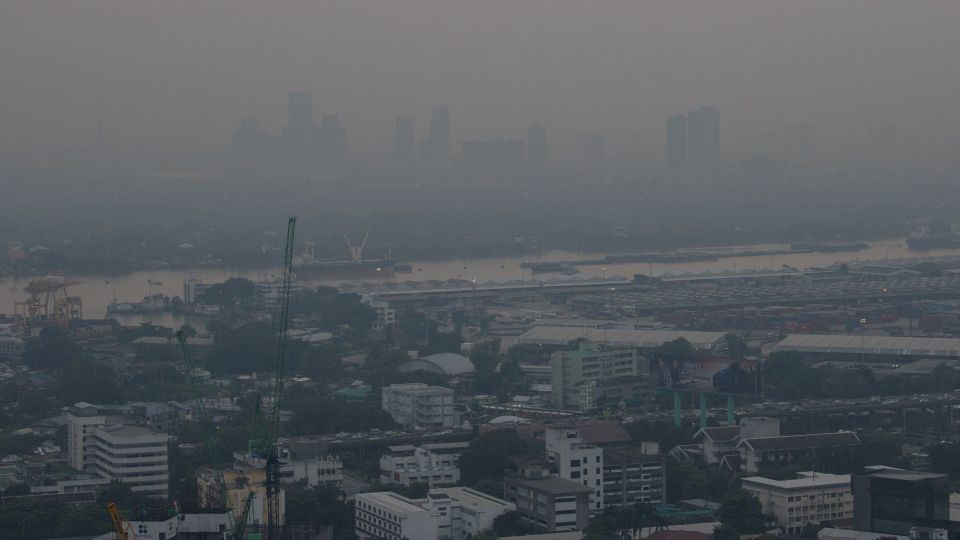September 5, 2025
BANGKOK – PM2.5 dust has become a recurring environmental crisis in Thailand, particularly in early months when pollution levels surged, causing several provinces to be ranked among the cities with the worst air quality in the world. The impacts of this crisis not only harm public health but also create significant economic losses in sectors like tourism, agriculture, and healthcare. This underscores that reactive measures alone are insufficient; Thailand needs proactive analytical and forecasting tools to manage the situation effectively.
Recently, the Pollution Control Department (PCD), Thailand Institute of Scientific and Technological Research (TISTR), and Thaicom Public Company Limited signed a Memorandum of Understanding (MOU) to develop an “Air Pollution Management Platform.” This platform will combine satellite technology with artificial intelligence (AI) and cross-disciplinary data, marking a significant step in linking space technology with environmental policy in a practical way.
The primary aim of this collaboration is to create a predictive model for PM2.5 using satellite data combined with meteorological information and pollution measurements from ground stations. The platform will use AI and machine learning (ML) to forecast high-risk areas up to seven days in advance. This will enable more accurate warnings and improve the effectiveness of control measures.
Preeyaporn Suwanaged, PCD Director-General, noted that the insights from this system will be essential in advancing the Clean Air Management Act, which is currently under review. She explained that having reliable data will allow the government to implement proactive measures in a timely manner and help citizens prepare for potential crises.
Asst Prof Dr Weerachai Arjharn, Governor of TISTR, explained that solving the PM2.5 problem requires an integrated data ecosystem involving government, private sector, and community contributions. TISTR aims to develop pilot projects in high-risk areas before expanding to other regions to create a sustainable model for managing pollution, aligning with Thailand’s circular economy goals and sustainable development objectives.
Patompob Suwansiri, CEO of Thaicom, stated that analysing satellite data alongside AI will allow both government agencies and citizens to access monitoring information efficiently. This will enhance the role of space technology, expanding its involvement from communications to directly contributing to environmental issues and improving public quality of life.
Thailand’s New Challenge
Despite the new tools, Thailand’s battle with PM2.5 remains complicated due to several factors, including agricultural burning, urban transport, and industrial emissions. According to Greenpeace, over 14,000 premature deaths occur annually in Thailand due to air pollution, highlighting the immense cost to the country without serious management measures in place.
This collaboration goes beyond just signing an MOU; it represents a shift from “reactive” to “proactive” management using data and technology. This approach is being adopted by several countries, and Thailand is actively implementing it during a period when the PM2.5 crisis is at its most severe.
The use of satellite technology and AI for environmental management is not just a temporary project but the beginning of long-term reform in Thailand’s air quality management system.


